The Challenge of Creating a New Optex Katachi

Customer-Perspective Policy v.s. Experience Bias
“The most enjoyable part of manufacturing is planning and designing a product with the customer in mind.” This is the Optex manufacturing and design policy that has remained the same since we started our business. This policy is also why Optex developers and sales persons visit places around the world where our products are installed, in order to get a clear picture of who will be using our products, and in what situations and ways. We have been manufacturing our products in this way, while also searching for ways to provide customers with what they truly need.
However in 2015, when we launched our design project, clouds began to gather over the Optex manufacturing site. We realized that our manufacturing had shifted from a customer perspective to an experience bias, which meant it could not fully reflect the creativity and hypotheses we had been developing from what we actually saw and experienced on site.
Launching the Design Project
It was when some of us were beginning to question if this approach was ok, and thinking we couldn’t continue like this, when there started to be talk of launching a design project as a way of breaking through this situation.
In February 2015, Optex launched a design project with three members each in charge of development, marketing and PR. (The project’s scope of activities has expanded, and as of 2019 there are 10 members in the team from each Optex division.) There is no hierarchy here though; this has been a grassroots-style project from the start, comprising Optex employees with an innovative outlook and high morale.
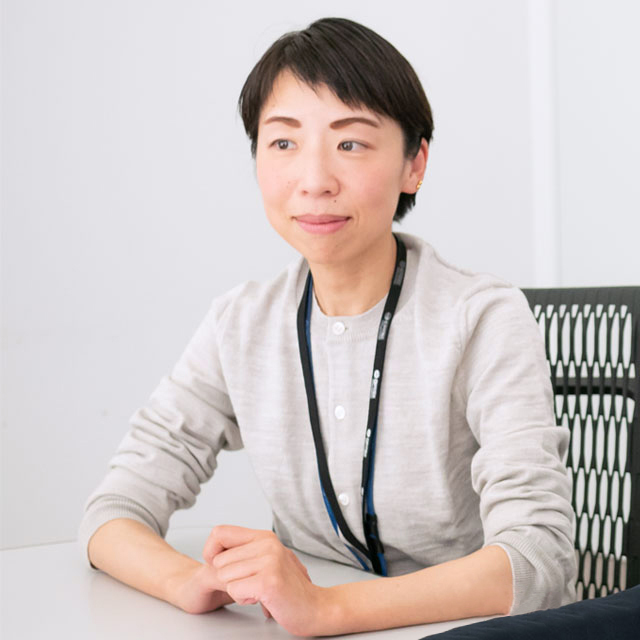
Public Relations and Promotion, Corporate Business Strategy Headquarters
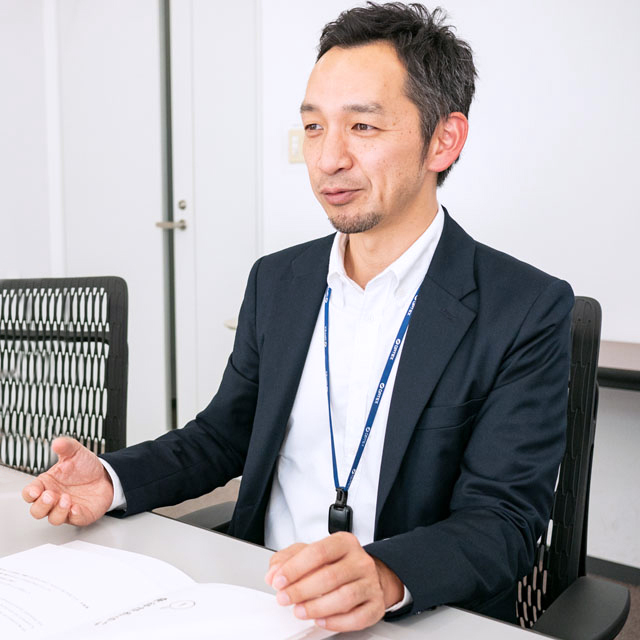
Development, Entrance Business Division
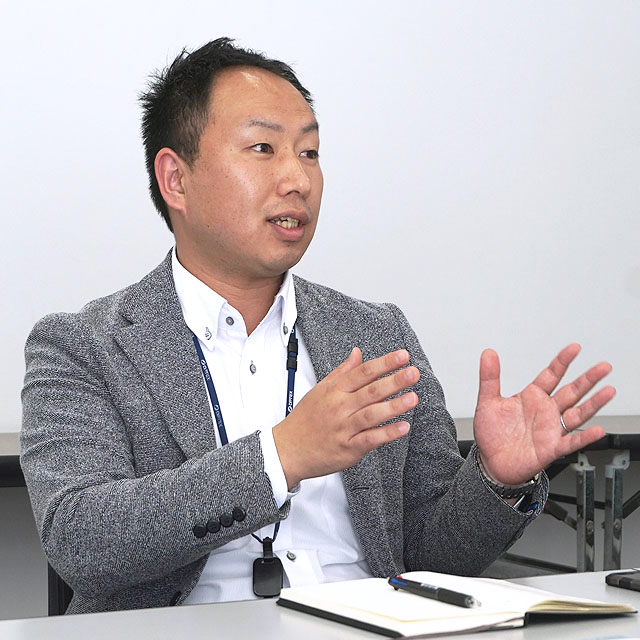
Quality Control Division (HCD-Net Certification, HCD Specialist)
Designing the Entire Manufacturing
Actually, the more discussions we have, the more we realize how many issues we need to address.
Otsuka :As it was at the time Optex was established, the foundation of manufacturing starts with considering things from a customer perspective. In the end though, in this design project we have been asking ourselves who are we manufacturing for, what value are we creating, and how do we convey that value? In asking these questions, each time we start working on something we are reminded of the importance of communication and personnel development. Eventually, what we are doing becomes so massive that it ends up baffling us.
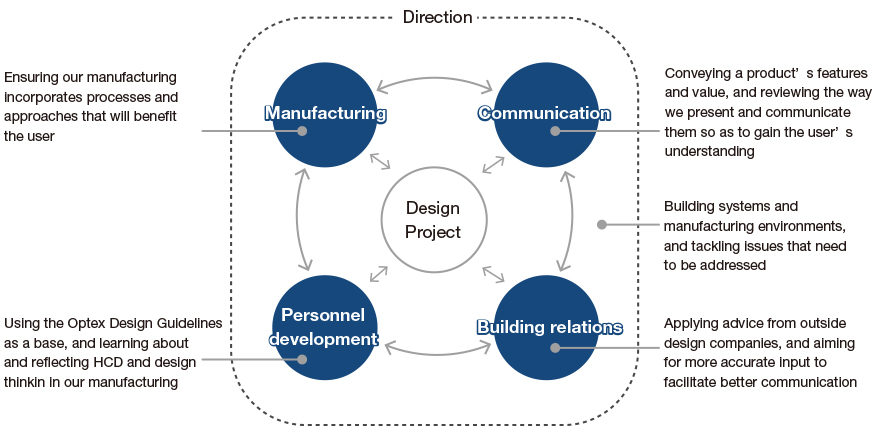
Otsuka:That said, the design project is a forwarding-looking and proactive initiative. First, we work out a priority order for what we need to do. We want to make sure the products we launch in markets around the world are uniquely and unmistakably Optex. So the ideas, sincerity and philosophy we have toward manufacturing, its processes and even how we communicate about it, are all important in achieving that. We thought the need for design standards is an easily understandable way to describe this. And so we formulated our own Design Philosophy, while also taking on board advice from outside design firms.
Design Philosophy
Optex Katachi is a term we’ve coined to describe our approach to manufacturing at Optex, which is to produce products that are utterly reliable and unmistakably Optex. This design philosophy is also a manufacturing mindset that has been carried on since our inception, and it reflects our intention to value the past while venturing forward into the future.
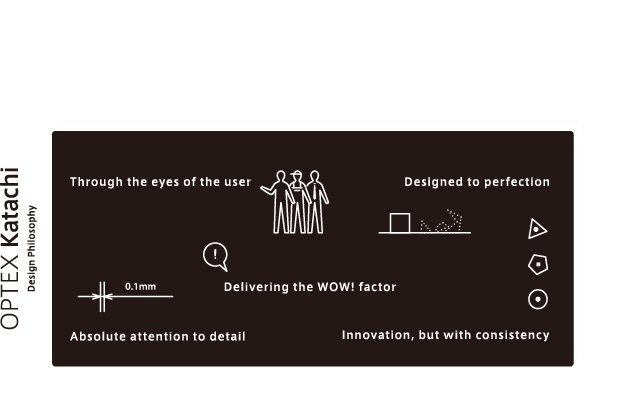
Our efforts to embody Optex Katachi began with the five guidelines of “Through the eyes of the user,” “Absolute attention to detail,” “Designed to perfection,” ”Delivering the WOW! factor,” and “Innovation, but with consistency.”
Change from the Inside
Shimada :The “Security Sensors of the Future” workshop comprises about 20 Optex employees, most of whom are developers. The aim is to consider value from a customer perspective, under the theme of developing security sensors with an advanced design.
The shape of products and the markets themselves will continue to change in the next five or ten years as well. While keeping this situation in mind, the workshop members considered value from a customer perspective, value in society, and design preferences, and came up with ideas for how our detection sensors should evolve. There is no sense in using a product specification approach here. This workshop has been a great opportunity for us to switch back to considering manufacturing and design from a customer perspective.
We were even able to prototype security sensors of the future, which we’ve shared within the company as well.
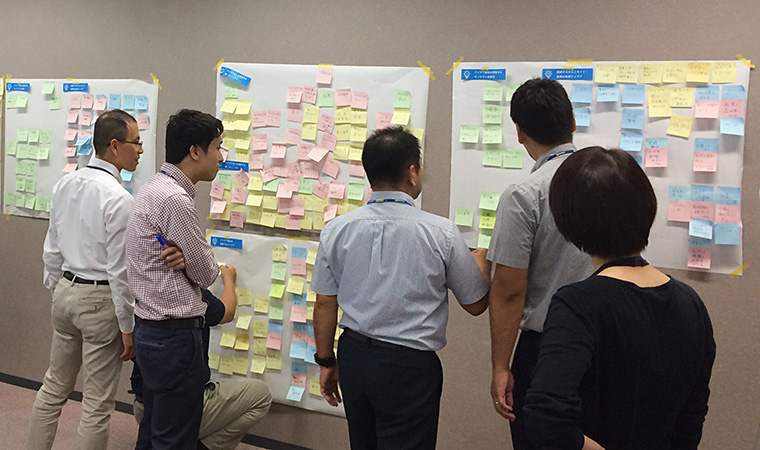
Hayashi :We also ran usability tests in the workshop. For these tests, we divided users into two groups of first time users and regular users, and compared the usage of Optex products currently on sale and prelaunch new products featuring model changes. These usability tests have revealed issues that we were previously unaware of. Although it was tricky to install the equipment in the cracks between the walls, and it took quite some time and effort to repeatedly stand on a stepladder and get the parts.
Since then, we’ve been regularly holding internal study sessions within the design project and seminars to learn about the design activities of outside companies. Little by little, these and other events are facilitating a better understanding within the company about what we do. Now, usability tests are a regular part of developing new products.
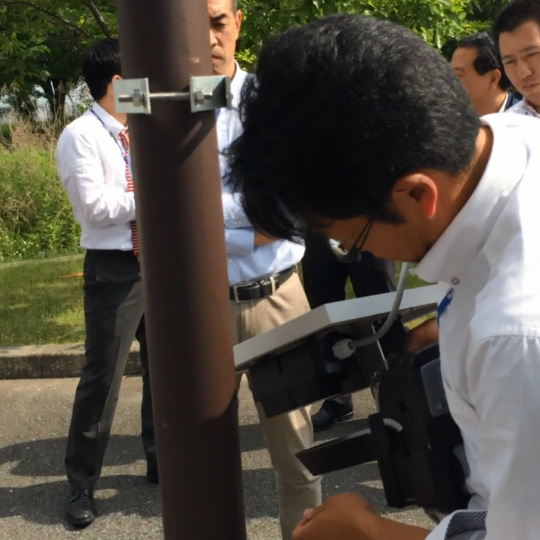
Ensuring Our Efforts Bear Fruit
Even though we have been running study sessions and workshops, the key is how we can connect what we’ve learnt to what we actually do. One tool we are using to achieve this is a Value Communication Sheet, which is written up during the product planning stage. So far we have been using a New Product Planning Sheet, which is filled in by Optex planners. The Planning Sheet had columns for entering information on the type of customers, how they use our products, and what they require. However, before we knew it, most of the sheet was filled with specifications, and even in the product planning meetings the discussions leaned more toward specifications.
Hayashi :So we came up with the Value Communication Sheet to help us understand the current situation, listen to customer feedback, and get an idea of the on site restrictions and actions of our customers. With this information, we can get a clearer idea of how we can address the issues customers are facing and provide them with value. This sheet is primarily a tool for us to focus more on customers. We need to move forward with a new approach to product planning, one that focuses on creating new value rather than specifications; and I think we’ve done that.
Considering a Customer Perspective to Improve Usability
Hayashi :Having a customer perspective is even more meaningful when it’s applied on site. We have successfully improved the usability of Optex products by making them more effective, efficient and satisfactory. For instance, markings (engravings, water levels) that indicate the design direction and gradient of an object just by looking at it, a retainer that keeps parts in place even when the screws are loosened, and coloring all sections for handling in blue so that customers are not confused when installing and operating the equipment.
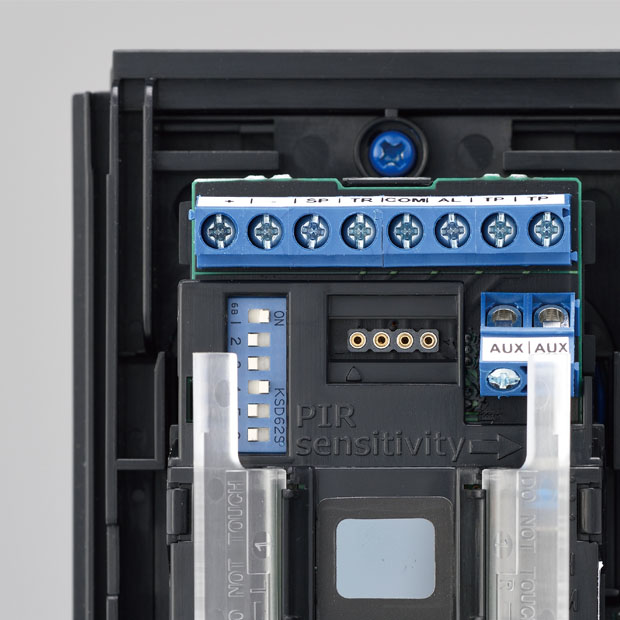
Delivering the WOW!! Factor to Customers
In the four years since we started our design project, we have launched about 20 products. The people involved in the development of those projects have each changed the way they look at things after being exposed to an aspect of the Optex design approach.
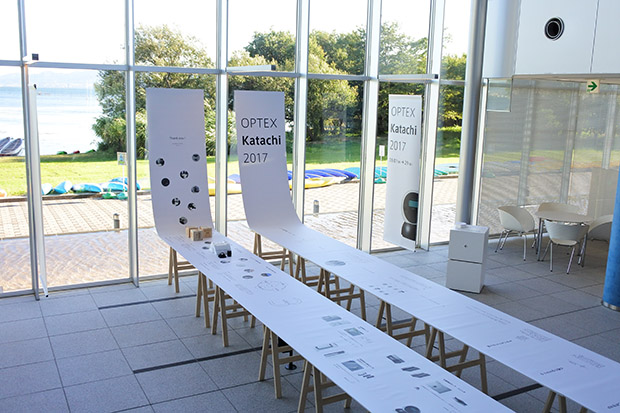
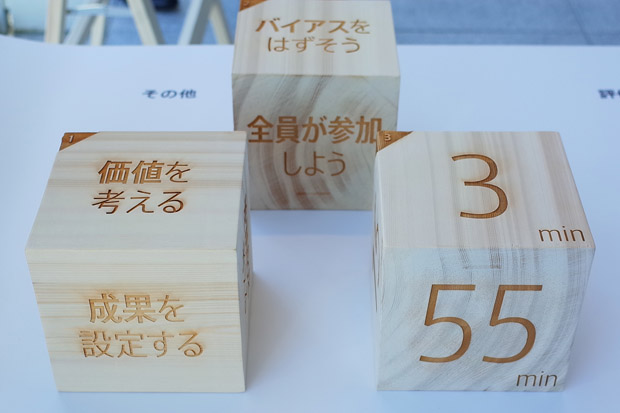
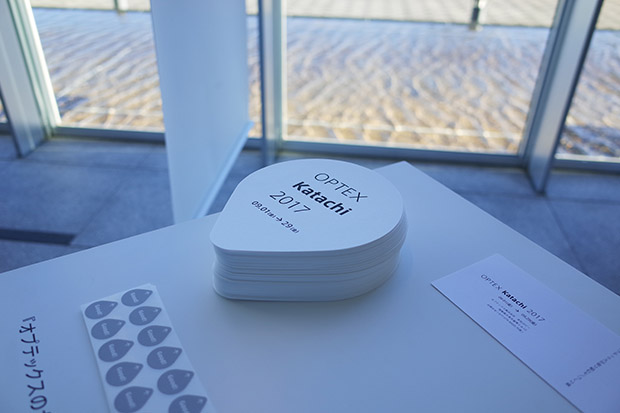
Otsuka :Optex employees have a passion for manufacturing that considers the users, and they want to make customers say WOW! about products that exceed their expectations. The Optex Design Project aims to keep creating products and services that can deliver that WOW! factor to customers.
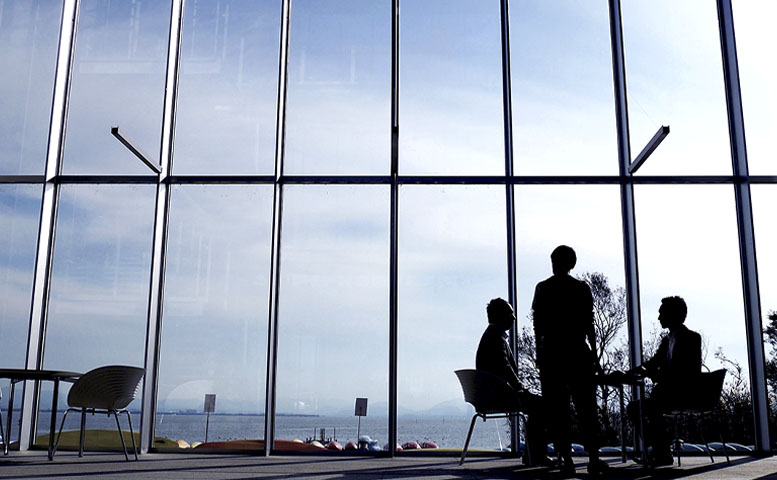
Contact phone number
- Headquarters
- +81-77-579-8000
Contact form
